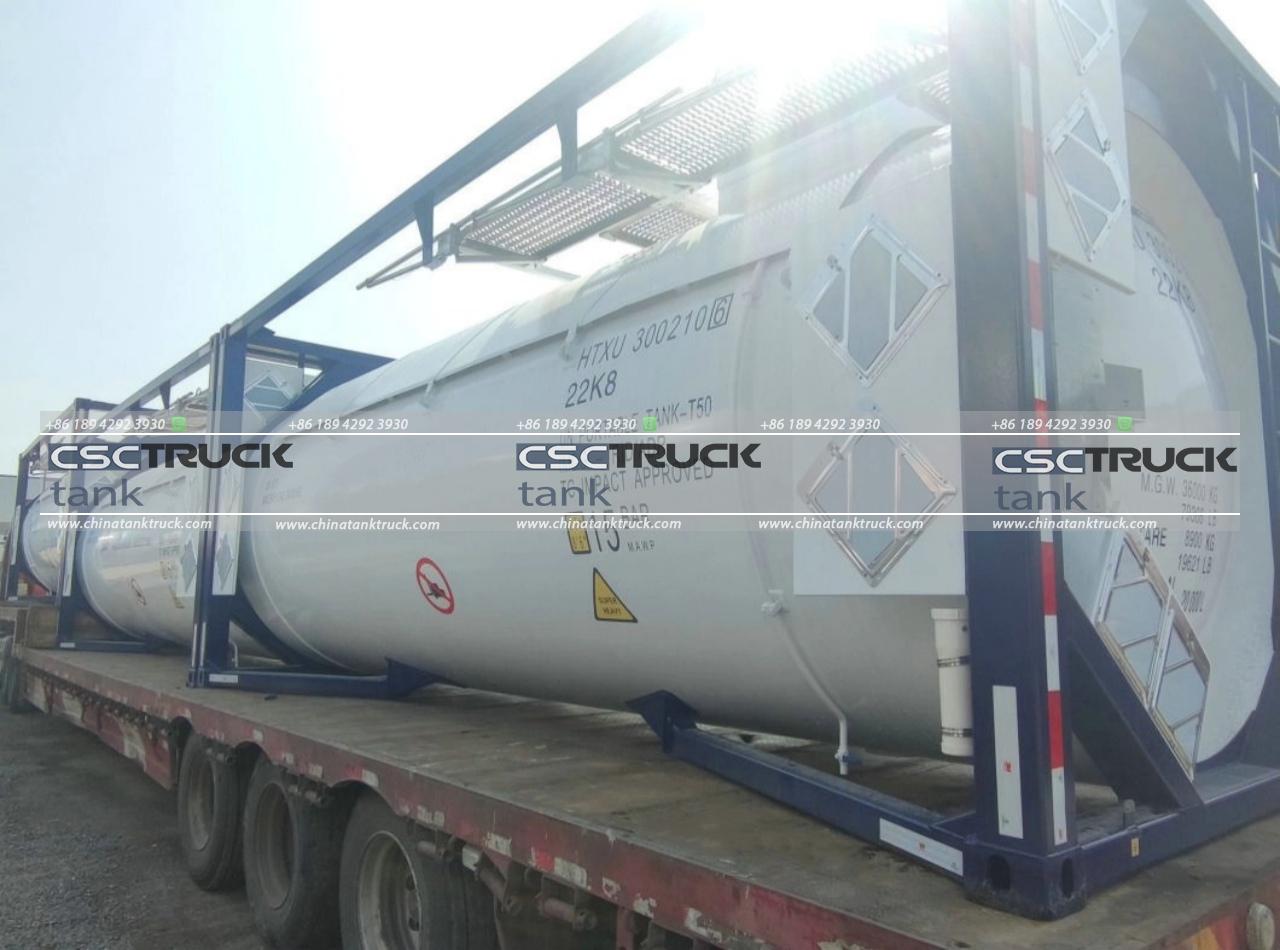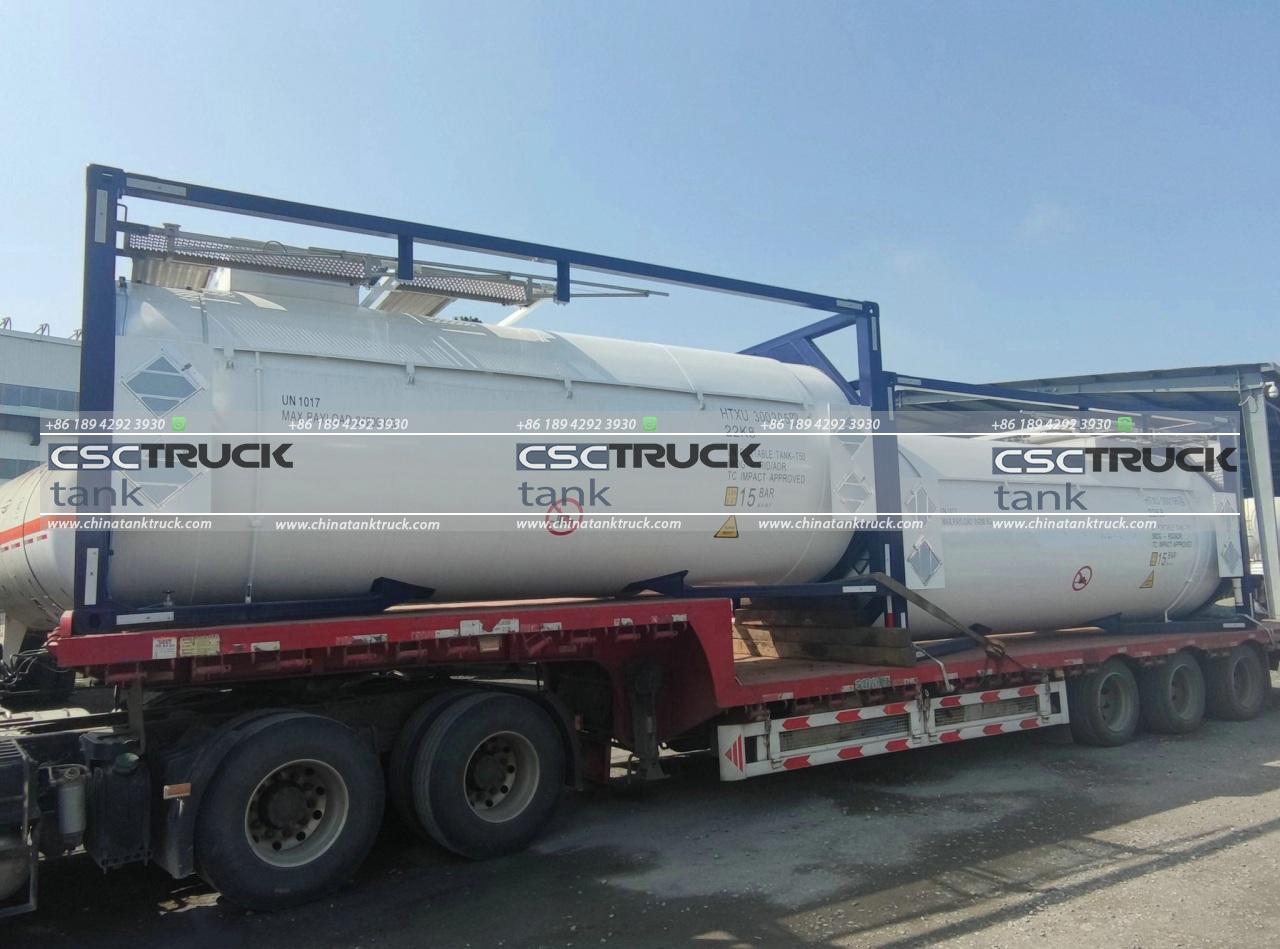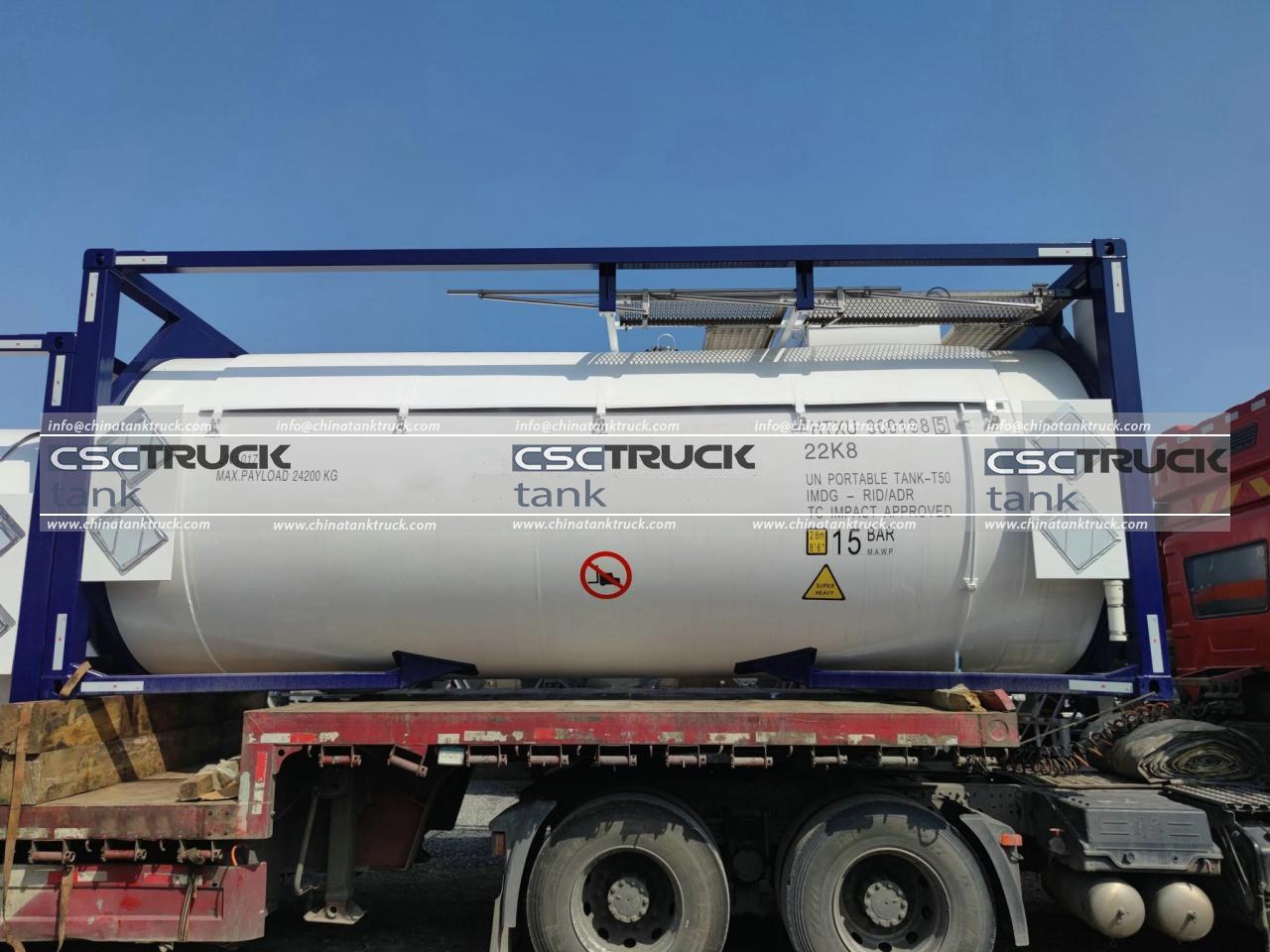What Does ISO Mean in ISO Container?
In the world of global shipping and logistics, the term “ISO container” frequently comes up. It’s a standard term that may be familiar to professionals in the field, but for those outside the industry or new to it, the meaning behind “ISO” might not be immediately clear. In this article, we’ll delve into what “ISO” means in the context of ISO containers, why it is significant, and how it impacts international trade.
Understanding ISO: The Basics
ISO stands for the International Organization for Standardization. Established in 1947, ISO is an independent, non-governmental international organization that develops and publishes standards. Its mission is to ensure quality, safety, efficiency, and interoperability across a wide range of industries and sectors.
ISO standards are designed to promote consistency and compatibility between products and services globally. By setting universal guidelines, ISO helps streamline processes, enhance quality, and facilitate international trade. The adoption of ISO standards across various sectors reflects their importance in fostering global cooperation and efficiency.

ISO Containers: An Overview
ISO containers, also known as shipping containers or intermodal containers, are standardized containers used for transporting goods across different modes of transport, such as ships, trains, and trucks. They are a critical component of the global supply chain and have revolutionized the way goods are moved internationally.
The standardization of these containers has significantly reduced shipping costs and times while increasing security and efficiency. By adhering to ISO standards, containers are designed to be easily transferred between different transport modes without the need for reloading.
The Role of ISO in ISO Containers
ISO’s involvement in container standardization dates back to the 1960s. The key purpose of this standardization was to overcome inefficiencies and inconsistencies in global shipping practices. Before the advent of ISO containers, cargo was often manually loaded and unloaded, leading to increased handling costs, time delays, and higher risks of damage and theft.
ISO containers were introduced to address these issues by creating a uniform size and structure for containers used in international transport. The standards are outlined in ISO 668, which specifies the dimensions and design requirements for containers. These standards ensure that containers are compatible with various types of transport equipment and facilities, such as ships, cranes, and railcars.

Key ISO Standards for Containers
1. ISO 668: Dimensions and Ratings
ISO 668 specifies the dimensions and ratings for different types of containers, including general-purpose containers, refrigerated containers, and tank containers. This standard defines the sizes of containers (e.g., 20-foot, 40-foot, 45-foot) and ensures that they meet specific structural requirements to withstand the stresses of transportation.
2. ISO 1496: Specification for Series 1 Freight Containers
ISO 1496 provides specifications for Series 1 freight containers. This includes detailed requirements for design, construction, and testing to ensure that containers can safely transport goods under various conditions.
3. ISO 6346: Coding, Identification, and Marking
ISO 6346 deals with the coding, identification, and marking of containers. It provides a standardized system for identifying containers, which includes a unique identification code and other markings necessary for tracking and logistics management.
4. ISO 1161: Corner Fittings
ISO 1161 specifies the design and dimensions of corner fittings used in containers. These fittings are crucial for securing containers to transport equipment and ensuring their stability during transit.
Benefits of ISO Standardization
1. Interoperability
The primary benefit of ISO standardization is interoperability. Containers that adhere to ISO standards can be seamlessly transferred between different modes of transport and across various countries. This interoperability reduces handling costs and minimizes delays, making global trade more efficient.
2. Efficiency and Cost Reduction
Standardized containers streamline the loading and unloading process. They can be easily handled by automated equipment, reducing the need for manual labor and minimizing the risk of damage. This efficiency translates into cost savings for shipping companies and, ultimately, for consumers.
3. Security and Safety
ISO standards also enhance the security and safety of containerized cargo. Standardized containers are designed to withstand various stresses and conditions encountered during transport, reducing the risk of cargo damage or loss. The standardized corner fittings and locking mechanisms also improve the security of containers against theft and tampering.
4. Global Trade Facilitation
By providing a common standard for containers, ISO facilitates global trade. It simplifies logistics and reduces barriers to trade by ensuring that containers can be used universally, regardless of the origin or destination of the cargo. This global consistency is vital for maintaining smooth and efficient supply chains.

The Future of ISO Containers
As global trade continues to evolve, the role of ISO containers remains crucial. Innovations in container design, materials, and technology are ongoing, with an increasing focus on sustainability and environmental impact. For instance, there is growing interest in developing containers made from eco-friendly materials and improving energy efficiency in refrigerated containers.
ISO standards will continue to play a key role in these advancements by providing a framework for incorporating new technologies and practices while maintaining the core principles of standardization and interoperability.
Conclusion
In summary, the “ISO” in ISO containers stands for the International Organization for Standardization, which has played a pivotal role in defining the standards that govern container design, dimensions, and markings. These standards have revolutionized global shipping by ensuring that containers are compatible across different transport modes and international borders. The benefits of ISO standardization—interoperability, efficiency, cost reduction, security, and global trade facilitation—underscore its significance in modern logistics and trade. As the industry evolves, ISO standards will continue to be integral in shaping the future of global shipping and supply chain management.

